Team Teaching, Educator Retention and Education’s Next Workforce
Key Points
-
Team teaching models present an innovative solution to build high-quality teams of satisfied and empowered educators.
-
The future of the nation depends on the quality of education provided to the next generation.
-
Discovering, creating and retaining great teachers who are driven to support every K-12 learner is one of the most effective ways to change long-term outcomes for both students and their future communities.

Many educators report on the challenges of low morale within the profession due to pandemic-related concerns, dismissed expertise around content, pressure from external constituents and overwhelming demands of time and energy. Concerns about morale and teacher shortages show up frequently in the national media.
We know from the science of learning that motivation is closely linked to individuals’ sense of control (I have choice in what I do), self-efficacy (I believe I have the skills to succeed), constructive emotions (I feel good about my work), and purpose (what I am doing matters). Using this foundation, new models of teaching are possible that increase control, self-efficacy, constructive emotions and purpose.
In a 2018 study of the blended and personalized learning models from eight innovative schools and districts, the Christensen Institute found that the following strategies were effective ways to increase the quality of teaching and personalization for learners:
- shifting the roles of teachers away from the one-teacher one-classroom model,
- building highly collaborative teams,
- implementing intensive coaching cycles, and
- funding fellowships and residencies to build strong pipelines for future educators, all.
The Teach to One (formerly the School of One) middle school mathematics model launched in 2009 is now in 6 New York City public schools and focuses on getting expert teachers for portions of the curriculum. Instead of one teacher teaching all 6th-grade middle school math during the year, students cycle through different teachers on a daily basis depending on their progress demonstrated in an online learning platform.
Teaming Models
Within schools, new models of collaborative teaching are emerging. Team teaching has been traditionally defined as combining two classrooms with two teachers either within a single subject or across subjects (ex. humanities). This model has existed within the system for many years with mixed results. Differentiated positions (associate, experienced, master teachers, etc) have been attempted and discarded due to reported inadequate planning and inequitable incentive (ex. Temple City Unified School District).
Described by AIR in 2012 as ‘neo-differentiated staffing’ and ‘cooperative teaching’ in 1995 by Bauwens and Hourcade, new team approaches continue to capitalize on partnerships but encourage specialized roles. In most models, teachers require every skill including instruction, planning, mentorship, advisory, assessment, and learning design. New models of team teaching allow educators to develop expertise areas in order to support a larger cohort of students in a collaborative teaching team, thus building efficacy (more confidence about specialized skills), agency (more autonomy as part of a focused teaching team), increased positive emotions (as they are less isolated) and clarity of purpose (more aware of how individual focus supports a teaching team and a larger group of students). Students benefit when educators are more engaged and motivated.
The Next Education Workforce Model
One example of this is the Next Education Workforce (NEW) project of the Mary Lou Fulton Teachers College at Arizona State University. Now partnered with more than 10 districts across CA and AZ (including the 58,000-student Mesa Public School system which has set a goal of implementing the model in 50% of schools over the next few years), the program builds the capacity of teams of professionals working with larger groups of students. These roles within the team are specialized based on skill sets.
The core elements of the Next Education Workforce model include teams of educators with different expertise sharing a roster of students, deeper and more personalized learning and innovative pathways to professional learning and advancement. Designated team leaders and extended specialized team members (special educators, reading specialists, etc.) support the core group of educators (read about the Stevenson Elementary, AZ journey here).
Hear more information about the Next Education Workforce model in this episode of the Getting Smart Podcast with Brent Maddin, Executive Director of NEW.
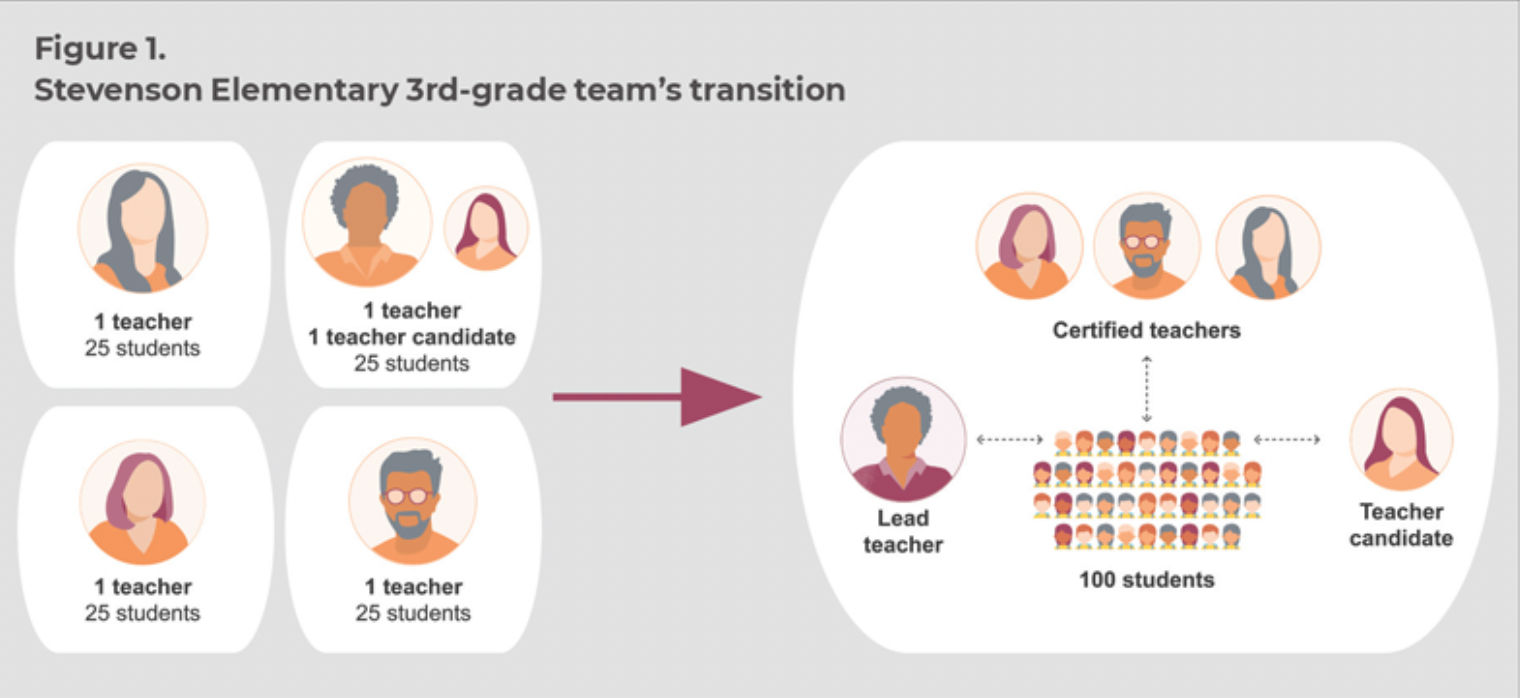
In addition to the professional educators on these teams, the model also builds capacity through a Community Educators program. This supports the professional development of community members and encourages them to share their expertise and gain valuable tools for effective pedagogy. Online, asynchronous and in-person learning experiences on specific topics help accelerate the impact these Community Educators have when they collaborate with classroom teachers.
ASU Prep Teaching Teams
ASU Prep, a national network of schools and partners, is also reimagining educator capacity and teams (and via the ASU ecosystem, partners with the Mary Lou Fulton Teachers College to offer professional learning courses in Blended and Personalized Learning). A team of Next Generation coaches at ASU Prep collaborate with educators across the schools to increase fidelity to the network learning model which in turn supports the outcomes for students.
Also part of the ASU Prep Network, the newly launched virtual Khan World School model has Guides and Subject Mentors working together to support students. Guides support all aspects of a student’s academic life through mentorship, seminar facilitation, and advisory, while Mentors work with students on subject-specific content. The students are also connected to the online asynchronous portion of the program offered through ASU Prep Digital (the network’s virtual charter school). The division of expertise and skills creates a stronger experience for students and a more balanced and focused experience for teachers. 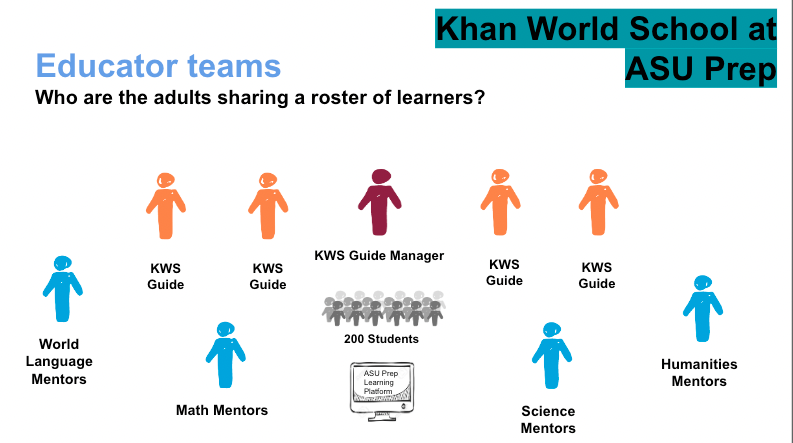
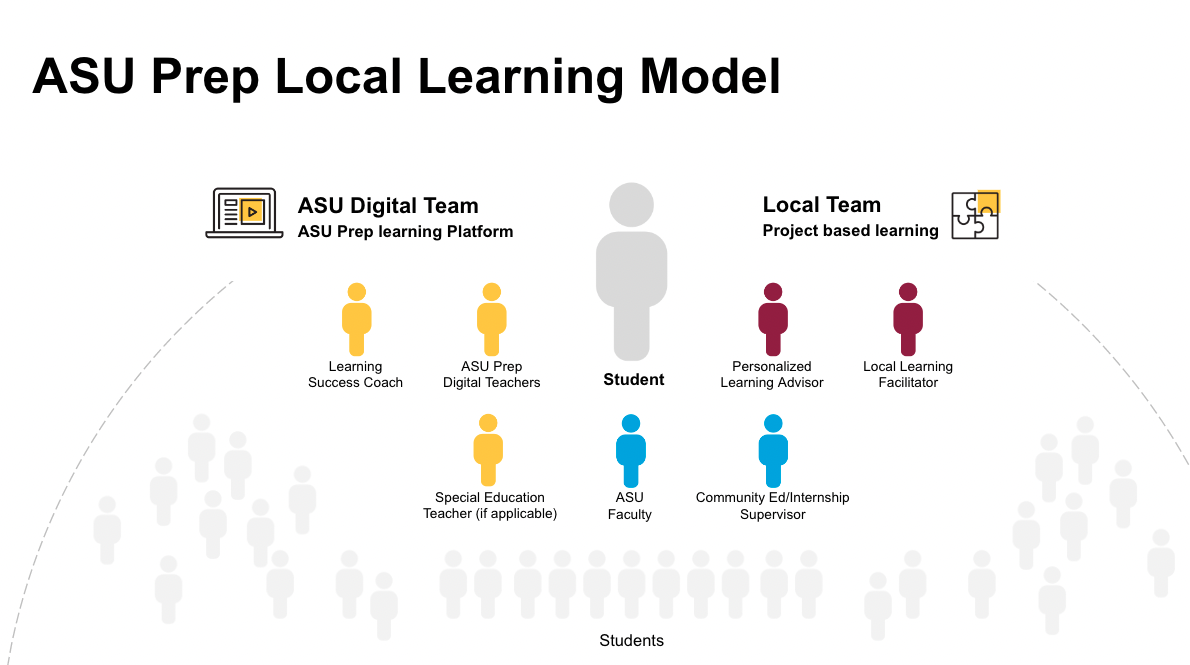
ASU Prep Local, an ASU Prep Microschool launched last year, also builds teams of educators to facilitate different aspects of the program. ASU Prep Digital Teachers and Learning Success Coaches support student success within the virtual learning platform, and the Personalized Learning Advisors as well as Local Learning Facilitators and/or local experts work with students during the on-site time of the program. University faculty contribute expertise and project-based learning experiences to enhance the student experience.
By design, student numbers are much larger with collaborative team teaching models. Schools rethink their use of space so that, for example, a set of former single-teacher classrooms are converted into multi-use spaces to accommodate a larger number of students. Students learn in different cohorts. Intentional expertise, team leadership and clear communication are required to avoid some of the pitfalls of team teaching models.
Closing
In addition to rethinking the structure of staffing models, the pre-service pipeline and professional learning innovations can support the recruitment and retention of talented teachers. Grow Your Own teacher development programs have exploded after the pandemic with high school apprenticeship models (ex. Alabama teacher cadets, St. Vrain Valley Schools P-Teach), undergraduate/graduate incentives (ex. Rural teacher corps, Urban Teachers) and alternative pathways to certification approaches adopted by many states can recruit talent and reduce barriers to entry.
Virtual training programs in the metaverse (like that at Northern Illinois University) may provide increased access to building a teacher pipeline. Next-generation professional learning such as micro-credentials (Digital Promise) and competency-based graduate programs (Western Governors University, High Meadows Graduate School of Teaching and Learning (now C3BE at the University of Kansas) ) provide more personalized, more relevant and more engaging experiences for educators to develop their practice
Other concerns still challenge the teaching profession. Lack of autonomy, low professional respect, challenging culture/climate, lack of time, and in many places, low salaries all drive teachers to question the profession. Team teaching models present an innovative solution to build high-quality teams of satisfied and empowered educators. The future of the nation depends on the quality of education provided to the next generation. Discovering, creating and retaining great teachers who are driven to support every K-12 learner is one of the most effective ways to change long-term outcomes for both students and their future communities.
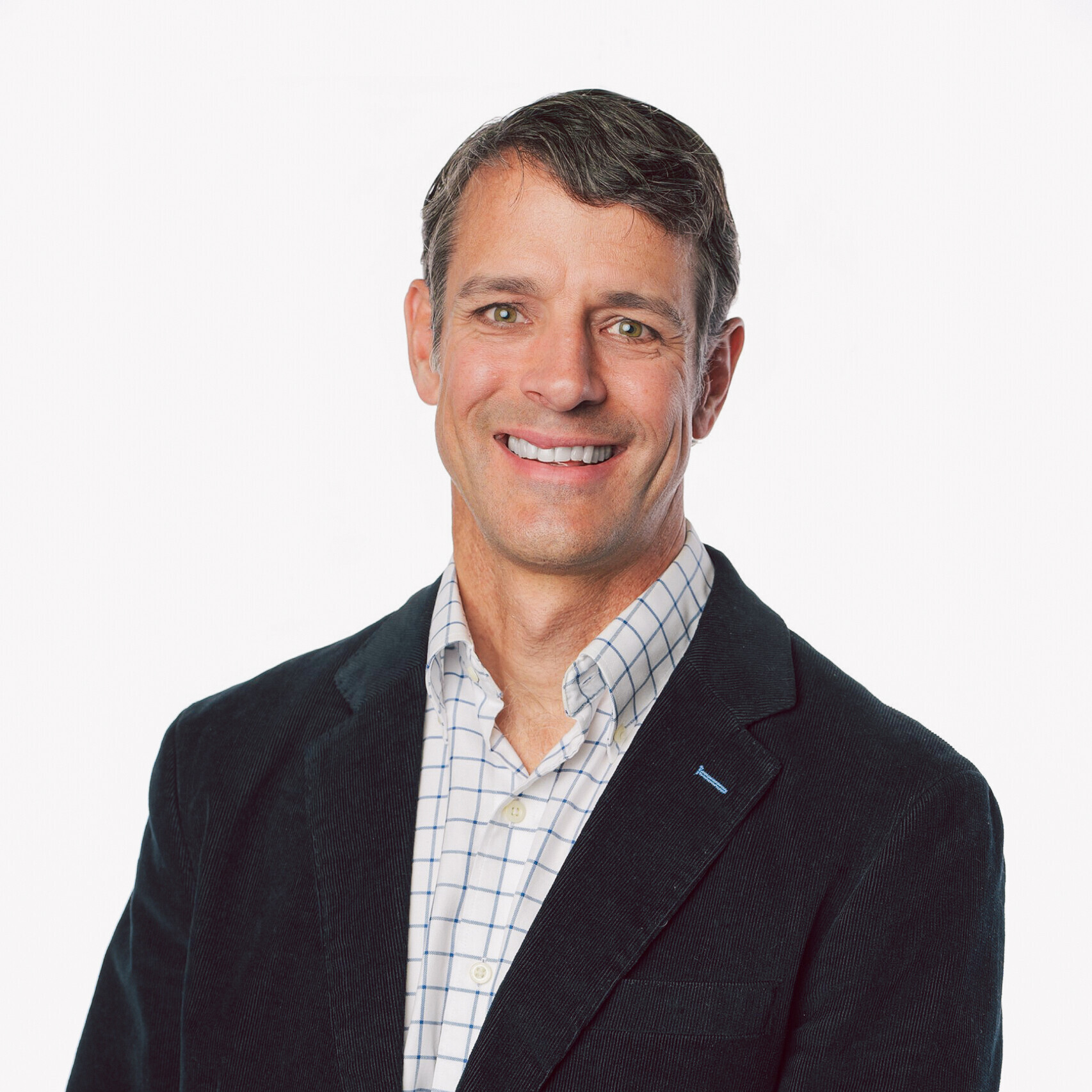





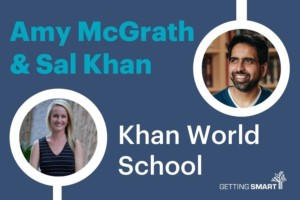
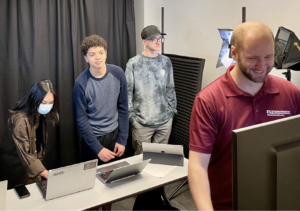
0 Comments
Leave a Comment
Your email address will not be published. All fields are required.